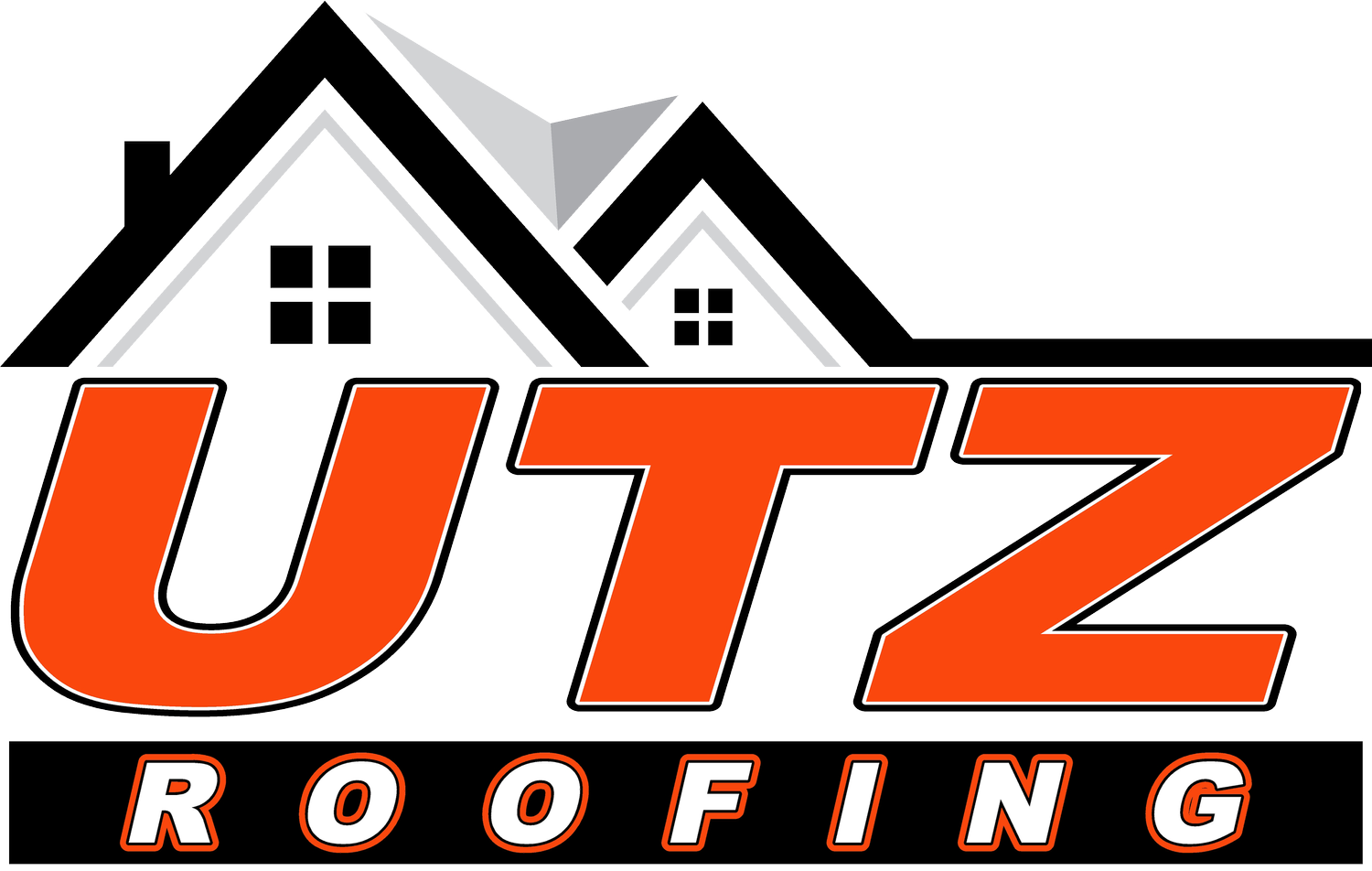How Shingle Weight Affects Roof Performance and Longevity
When buying a home in Villa Ridge, you might be focused on curb appeal, square footage, or school districts. But there’s one hidden detail that can have a big impact on your home’s value and longevity: shingle weight. It’s not often mentioned in real estate listings, but it plays a major role in roof performance, structural safety, and long-term durability.
At Utz Roofing, we’ve helped hundreds of Missouri homeowners make informed decisions about their roof systems. And when it comes to picking the right materials or evaluating an older roof, understanding shingle weight is key. Whether you're purchasing a new construction home or a mid-century classic, here’s what you need to know.
What Is Shingle Weight?
Shingle weight refers to how much a bundle or square (100 square feet) of roofing shingles weighs. This varies depending on the type of shingle, the material composition, and the brand. Heavier shingles typically contain more asphalt or additional layers, while lighter shingles are often thinner or made from different blends.
Average weights by type:
3-tab asphalt shingles: 150–200 lbs per square
Architectural (laminated) shingles: 200–300 lbs per square
Luxury or designer shingles: 300–450+ lbs per square
Metal or composite roofing: weight varies widely
For most homes in Villa Ridge, asphalt shingles are the most common. And even within that category, shingle weight can vary by 100 lbs or more per square.
Why Shingle Weight Matters to Home Buyers
You may be wondering, “Why should I care about shingle weight if the roof looks fine?” The answer comes down to these five key factors:
Structural load — your home’s framing and roof deck must support the weight safely
Wind resistance — heavier shingles typically hold up better in storms
Lifespan and durability — more material often means longer wear
Installation difficulty — heavier shingles may require special handling
Future reroofing options — overlaying a second layer affects eligibility
When evaluating a home, it’s smart to ask your inspector or roofer what kind of shingles are installed and how their weight may affect the structure.
How Shingle Weight Affects Performance
Durability
Heavier shingles generally offer better protection against:
Wind uplift
Hail impact
Granule loss
UV degradation
That’s why architectural and luxury shingles, which have higher shingle weight, tend to outperform their lightweight 3-tab counterparts over time.
Structural Considerations
Every roof is supported by rafters, trusses, and decking. These components are engineered to carry a specific load. Add too much shingle weight, and you could stress the structure, causing:
Sagging or bowing
Increased risk of collapse under snow or water
Reduced ventilation due to compression
Homes in Villa Ridge built before the 1990s may not have framing designed for modern heavyweight shingles or multiple layers. A structural review is a must before any reroof involving high shingle weight.
Reroofing Potential
Some homes may have had one layer of shingles installed on top of an existing layer. While this can save money on tear-off, it doubles the shingle weight on the structure.
Before buying, check:
Is there one or two layers of roofing?
Are the current shingles heavy-duty?
Has a professional confirmed the structure can support it?
At Utz Roofing, we always advise against unnecessary overlaying, especially if the current shingle weight already pushes the limit.
Common Shingle Types and Their Weights
Here’s a simple comparison of popular roofing materials:
3-tab shingles (lightweight): budget-friendly, easier to install, but more vulnerable to wind damage
Architectural shingles (medium weight): thicker, layered, and longer-lasting — ideal for most Missouri homes
Luxury shingles (heavyweight): designed to mimic slate or wood shake — beautiful but heavy
Metal roofing: lightweight to medium, depending on gauge and profile
Clay or slate: very heavy — often not suitable unless the home is engineered for them
We help Villa Ridge buyers understand which shingle weight best suits their home style, roof pitch, and long-term goals.
Shingle Weight and Insurance Considerations
Did you know that your roof’s material and shingle weight can affect your homeowner’s insurance?
Heavier shingles may come with:
Extended warranties
Better hail ratings
Lower repair frequency
Insurance companies often ask for roofing specs during underwriting. Choosing a roof with a favorable shingle weight profile could impact your premiums or coverage eligibility.
What Home Buyers Should Ask About Shingle Weight
When touring or inspecting a home, here are questions worth asking:
What type of shingles are on the roof?
Are they 3-tab, architectural, or something else?
Has the roof been replaced or overlaid?
Can you confirm the structural integrity for the current shingle weight?
Is the roof under warranty, and for how long?
If the seller doesn’t know, your roofing contractor or inspector can usually provide answers based on an attic check and surface evaluation.
How Utz Roofing Evaluates Shingle Weight and Structure
We help Villa Ridge buyers and homeowners by:
Identifying existing roofing material and weight
Inspecting the roof deck and framing for load capacity
Providing clear, written feedback on risks or upgrades
Offering replacement options based on structure, style, and budget
Whether you’re upgrading from 3-tab to architectural or starting fresh with a new build, we ensure your home is prepared for the right shingle weight, not just the right look.
Final Thoughts: Make Informed Roofing Decisions
While many buyers focus on the outside appearance of a roof, it’s what’s underneath — and what it’s made of — that truly counts. Understanding shingle weight helps you evaluate durability, performance, and long-term costs before making your home purchase.
At Utz Roofing, we believe in education first. When we help you inspect, replace, or upgrade your roof, we take shingle weight, structural limits, and local climate into full account so you can feel confident about your roof’s strength from day one.
Buying a home in Villa Ridge? Let us help you assess the roofing system, inside and out. The more you know about shingle weight, the better protected your home and investment will be.

